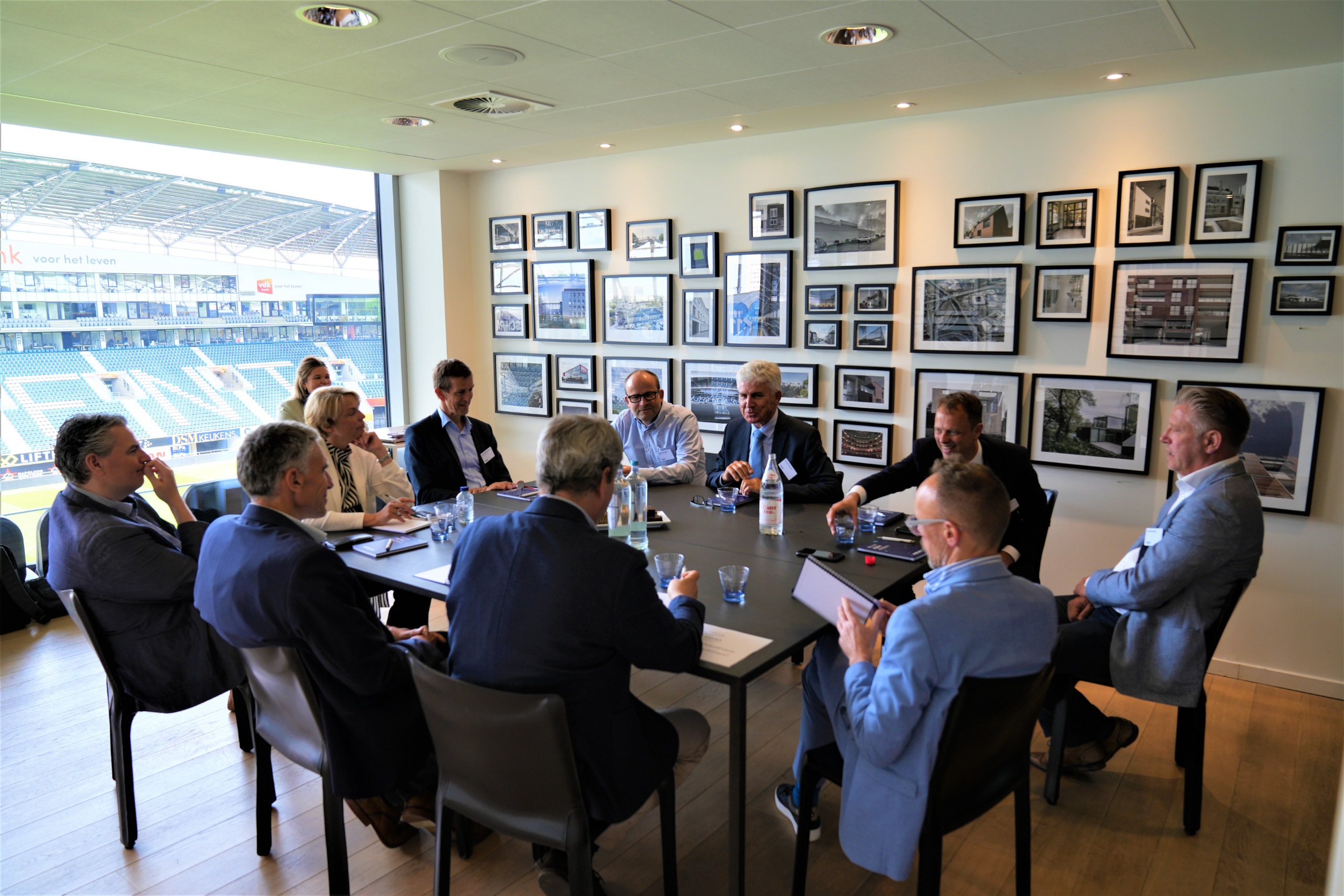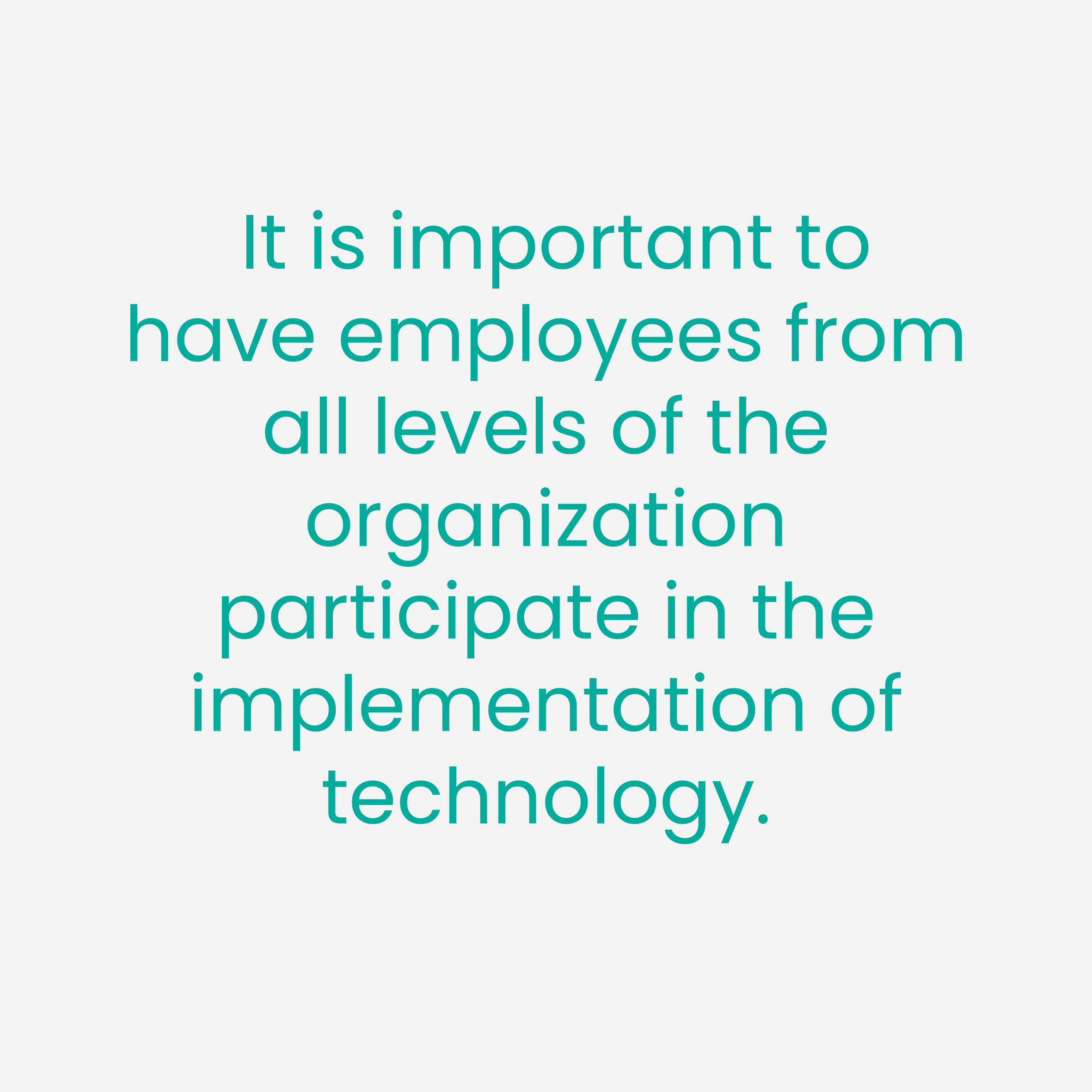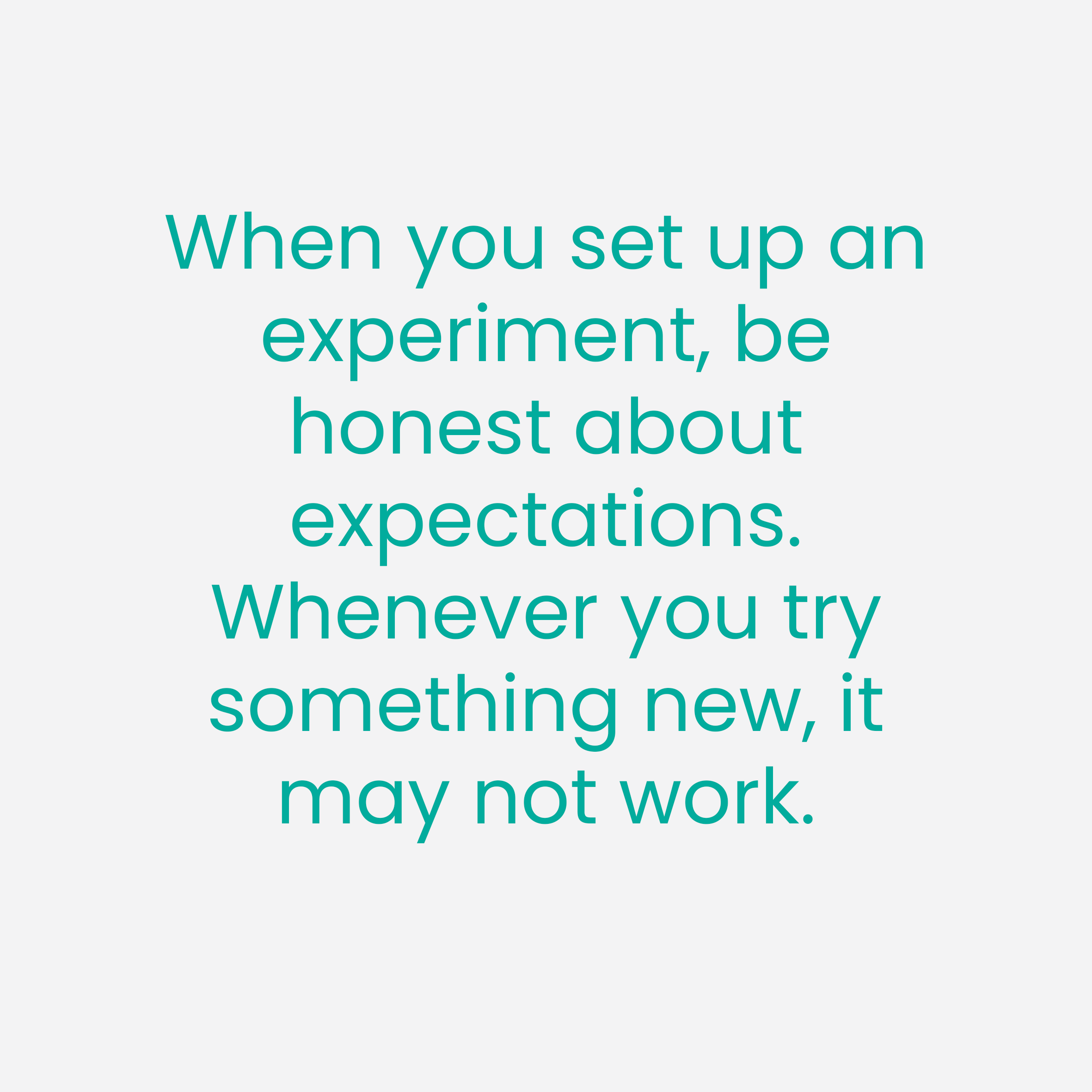


The labor shortage in the industrial sector is acute. Technology, such as robots and virtual reality, is often proposed as a solution, but is this always true? We called on key players from the industrial sector, such as Picanol, Vanheede, Deceuninck and Beaulieu, to share insights and practical experience. Professor Steven Dhondt and researcher Bruno Koninckx were also on hand to lead the conversation, based on their knowledge of digital innovation and the social impact of robots and digitalization. Find out the four most important recommendations. The common thread? The importance of employee empowerment.
There is a worldwide shortage of millions of workers compared to what is needed to keep industry running smoothly. We have made many things more efficient, but labor is required for the remaining manual tasks. The average age of an operator has risen to 45 years, making the digital skills gap between different generations on the shop floor larger and larger. This harsh reality is overshadowed by the fierce struggle to find and keep employees.
The World Economic Forum is clear: they say the future of industry depends not only on technology, but even more on a decisive vision on people. The key question is how to empower employees to achieve their full potential.
Many companies feel the pressure to automate as much as possible, but they often misjudge the potential of automation. When the benefits of a new technology are overestimated, you end up with so-so technology. This term coined by MIT professor Daron Acemoglu refers to developments that disrupt employment and displace workers without significantly improving productivity or quality of service. Consider Google Glasses, for example, which often don’t do what they promise and need a lot of staff to make them work properly.
In such cases, employees rightly feel pushed aside by technology. Their talent, knowledge and dedication are wasted, and nothing is improved.
To achieve a real benefit, the technology has to help people boost productivity in their current tasks.

To find the right balance between technology and people in industry, Professor Dhondt says there are four crucial conditions: safety, skills, people-oriented technology, and participation. In particular, participation is needed to generate real productivity gains. After all, employees who work with production processes or machines every day know better than anyone else how things work. This means it is important to have employees from all levels of the organization participate in the implementation of technology. A perfect logical data model built by the best data analysts can always be better if it integrates real-life experience.
Involving employees from the beginning also creates more buy-in, for example when looking for new solutions. The changes employees go through also need attention. Forcing something on them rarely works. Even after implementation, it is important to make room for input. New opportunities may be spotted when people use the technology every day. As an organization, you need to constantly encourage this dialogue, so that together you can keep looking for the best added value from technology within your organization.
Industry 4.0 was about connected machines and using automation to reduce staff levels. Now we are evolving more and more towards Industry 5.0, where the main focus is on cooperation between people and machines,
but we still think that technology should work autonomously. Professor Dhondt also says we should not lose sight of support. Go for technology that makes complex tasks easier, so that people can learn faster, make fewer mistakes, and work in a healthy, efficient manner. Always think in terms of people. Where can technology provide support, instead of simply replacing an employee? If the work environment is too hot, for example, this is a perfect place for a robot.

Only 9% of companies in Belgium can be regarded as digital leaders. In practice, there is lot of hesitation and doubt when it comes to experimenting with new technology. At the roundtable we hear that this is difficult on the shop floor, where every hour of every worker is needed.
So how can you do this? Talk to people, ask questions, find out how to help them, and ask whether they have any ideas. When you set up an experiment, be honest about expectations. Whenever you try something new, it may not work. Motivation suffers less if everyone starts with this mindset.
